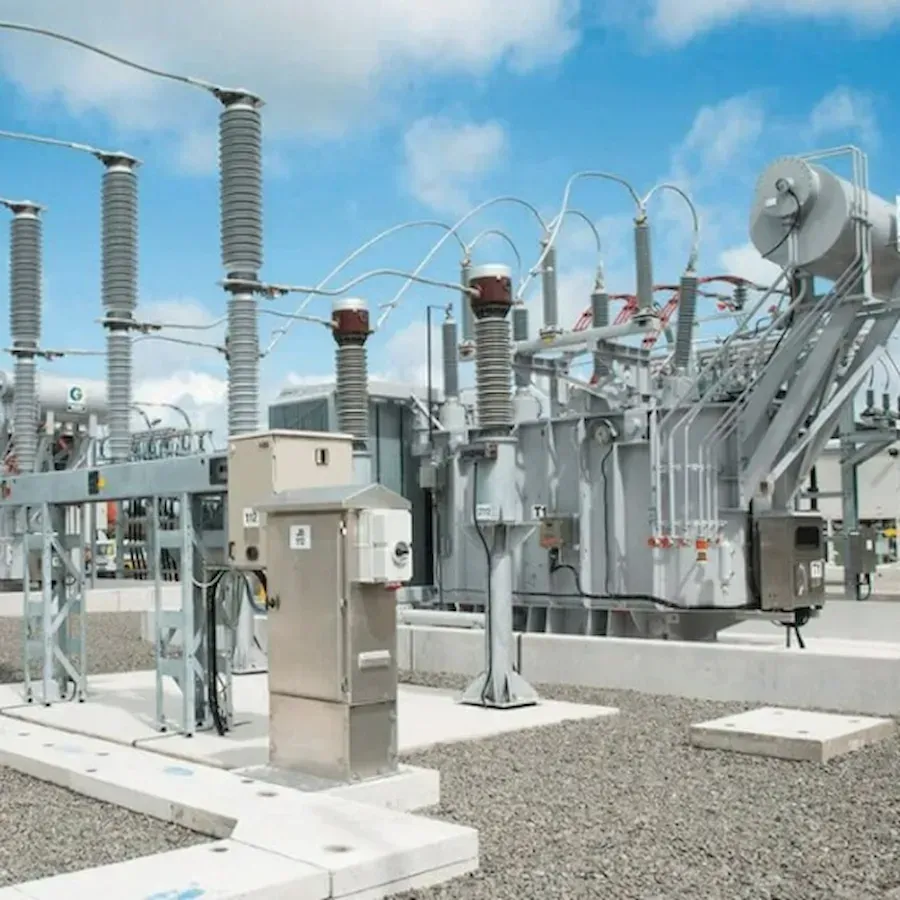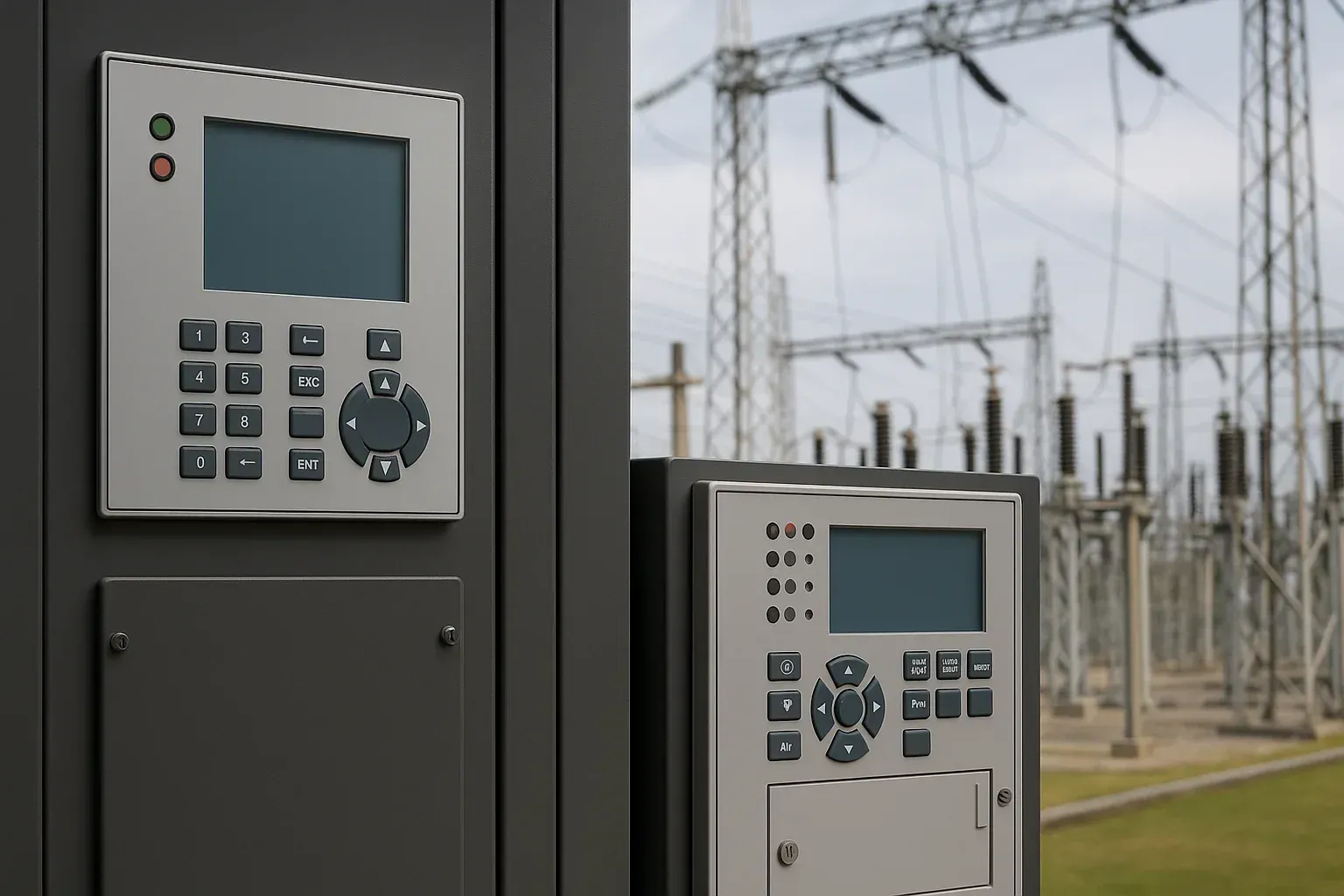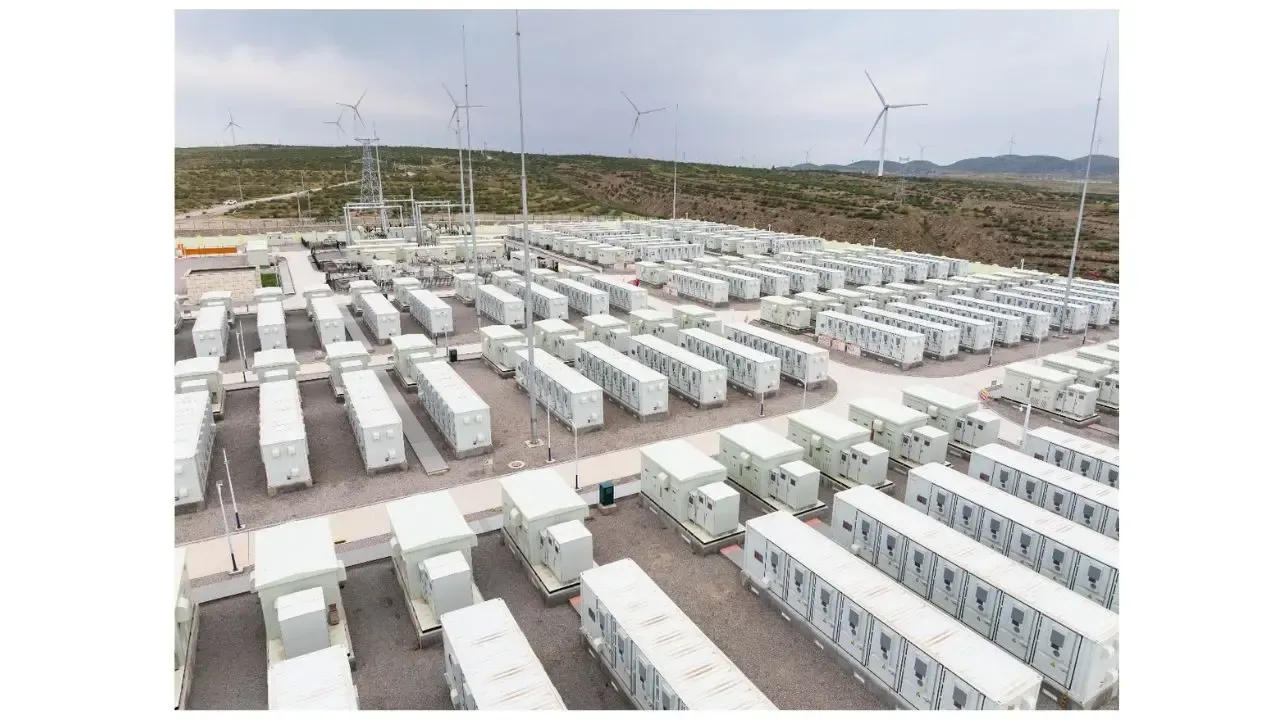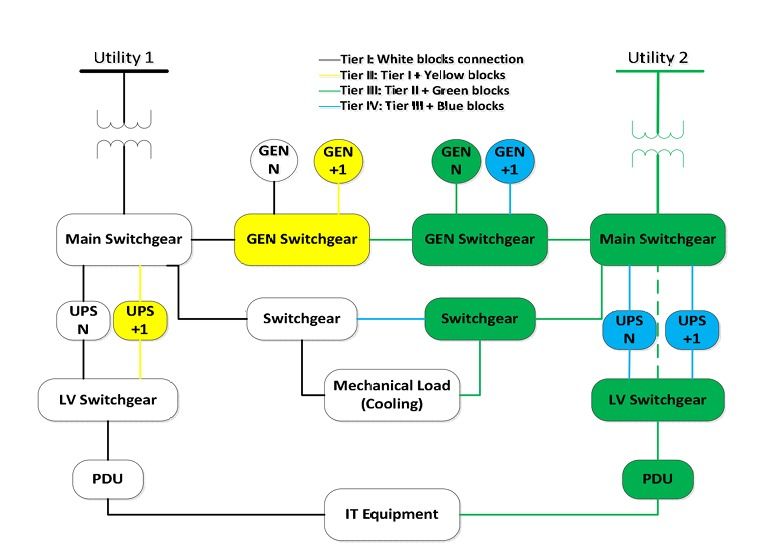Review of Large City & Metropolitan Area Power System Development Trends in 2025
June 8, 2025 | Blog
Considering New Generation, Grid and Information Technologies

Introduction: The Urban Power Grid Challenge
With growing urbanization, large cities and metropolitan areas are becoming high-demand energy hubs. These regions are home to millions and serve as economic engines — but their power systems are aging, space-constrained, and under increasing pressure to decarbonize.
Key issues facing urban grids today include
- High power demand in compact areas
- Need for uninterrupted reliability
- Integration of renewables and battery storage
- Short-circuit risk in dense grid topologies
- Limited physical space for new infrastructure
This article explores how utilities and planners are responding to these issues, based on insights from the 2024 CIGRE Technical Brochure 922.
Defining Power Systems in Large Cities and Metropolitan Areas
A Metropolitan Area (MA) power system typically serves more than 3 million people and 5 GW in peak demand. It includes urban cores, suburbs, and surrounding rural areas connected economically.
A Large City (LC) power system supports more than 1 million residents and 2 GW in peak load, usually within a tighter urban boundary.
These systems must
- Deliver resilient, sustainable power
- Operate within tight urban land use limits
- Meet rising clean energy standards
This challenge is central to our Power System Studies work at Keentel Engineering.
Key Trends in Metropolitan Power System Development
1. Driving the Energy Transition
- Gas phase-outs
- Public EV infrastructure
- Large-scale renewable integration
Urban grids are leading the shift away from fossil fuels, with increased electrification in heating, transit, and building operations. Cities like London and New York are adopting:
2. Solving Space Constraints
Urban areas lack room for traditional overhead systems. Engineers now deploy:
- Underground cabling systems
- Gas-Insulated Substations (GIS)
- Compact, modular components
These solutions reflect the core of our Substation Design services.
3. Coordinated Grid Planning
Modern planning brings together:
- TSOs and DSOs for load coordination
- City climate policy compliance
- Distributed energy resource integration
- Electrification of public transport networks
Cities increasingly require holistic, cross-sector grid strategies.
4. Managing Short-Circuit Current Risks
Dense, interconnected grids are prone to high fault current. Utilities use:
- Fault Current Limiters (FCLs)
- Smart topology adjustments
- Automated protection systems
Cities like Bangkok and New York are leaders in this area.
5. Replacing Aging Infrastructure
Many metro grid assets were built in the 1950s–70s. Modern upgrades focus on:
- Grid resilience under extreme weather
- Digital monitoring systems
- Compact technologies like GIS and GIL
Advanced Power System Technologies for Urban Environments
1. Renewable Energy & Storage Solutions
To improve flexibility and resilience, cities adopt:
- Rooftop solar and urban wind farms
- Battery Energy Storage Systems (BESS)
- Local microgrids to maintain service during outages
Our
Utility-Scale Battery Storage solutions enable this shift.
2. HVDC and FACTS Deployment
Urban centers use HVDC and FACTS for:
- Bulk power transfer from remote generation
- Voltage regulation and stability
- Interconnection with regional grids
Projects like NYC’s Champlain Hudson Express illustrate these advancements.
3. Underground Infrastructure Innovations
To work around space limitations, cities implement:
- Gas-Insulated Lines (GIL)
- High-Temperature Superconducting (HTSC) cables
- Fully underground substations (e.g., in Tokyo and Paris)
4. Smart Grid Technologies and Demand Management
Digital tools allow utilities to balance supply and demand:
- Smart meters and sensors
- Active Network Management (ANM)
- Real-time demand response systems
5. Advanced Fault Current Limitation
To prevent widespread outages:
- Superconducting Fault Current Limiters (SFCLs)
- Grid segmentation for containment
- Improved protection relay logic
6. Electric Vehicle Integration
EVs challenge load planning but also offer flexibility. Cities respond with:
- Smart EV charging schedules
- Vehicle-to-Grid (V2G) platforms
- Load forecasting in city planning
Grid Resilience: Preventing Blackouts in Cities
Cities have experienced major outages due to weather, cyberattacks, or equipment failure. To strengthen reliability, urban utilities now:
- Invest in local generation and storage
- Harden substations and transformers
- Use digital twins for real-time risk monitoring
Urban Grid Planning Best Practices
Global cities like Rome, Toronto, and Moscow are integrating power resilience into city master plans. This strategic approach parallels our work in NERC Compliance at the national level.
Conclusions
As cities continue to grow and evolve, the need for smarter, more resilient, and space-efficient power systems becomes increasingly urgent. From underground infrastructure and GIS substations to renewable integration and digital grid management, metropolitan areas are leading the global transformation of power delivery.
Urban utilities, developers, and planners must now think beyond traditional models — incorporating advanced technologies like HVDC, BESS, and smart grid solutions to meet rising demand, policy mandates, and sustainability goals.
At Keentel Engineering, we are at the forefront of this transformation. Our proven experience in Power System Studies, Substation Design, and Utility-Scale Battery Storage equips us to help cities and stakeholders navigate these complex challenges with confidence.
Why Choose Keentel Engineering?
At Keentel, we design, analyze, and future-proof power systems for complex urban environments. With decades of experience and advanced simulation tools, we deliver high-impact solutions in:
- Urban grid planning
- HVDC and BESS integration
- GIS substation development
- Fault management strategies
When reliability and space matter most — we deliver.
Frequently Asked Questions (FAQ)
1. What is an MA&LC power system?
A grid system serving >1M or >3M residents in urbanized environments, often with complex demands and high resilience expectations.
2. What are the key challenges in MA&LC power systems?
- Aging infrastructure
- Limited space for expansion
- Short circuit current management
- Resilience against extreme events
- Integrating renewables and storage
3. How do cities manage space constraints for power grids?
- Underground cables (HV and UHV)
- GIS substations
- GIL and HTSC cables
- Underground substations
4. Why is coordinated planning important?
It ensures that city energy policies (EV adoption, heating electrification) are aligned with grid capabilities and investment plans.
5. How are cities integrating renewable energy?
- Rooftop PV
- Suburban wind
- Offshore wind (NYC, London)
- Microgrids and BESS
6. What role does HVDC play?
HVDC provides efficient long-distance power transmission and helps manage cross-regional flows into dense urban centers.
7. What are FACTS devices used for?
FACTS improve grid stability, control power flows, and mitigate voltage/reactive power issues.
8. What is the impact of EV adoption on urban grids?
EVs add significant peak loads; smart charging and V2G help manage this impact.
9. How is fault current managed?
With FCLs, optimized grid topology, and advanced protection systems.
10. What is Active Network Management?
ANM allows dynamic control of loads, generation, and grid assets to optimize performance.
11. What is the role of BESS in MA&LC grids?
BESS provides grid flexibility, peak shaving, and fast response capabilities.
12. How do cities handle voltage rise issues?
Using reactive power compensation devices (SVC, STATCOM, synchronous compensators).
13. What is a GIS substation?
A compact substation using gas-insulated switchgear, ideal for space-constrained environments.
14. How does underground cabling affect grid design?
It reduces visual impact and land use but requires careful management of reactive power and fault levels.
15. Why is resilience planning critical?
Urban grids must withstand extreme weather, cyber threats, and other disruptions with minimal downtime.
16. What are non-wires alternatives?
Solutions like DERs, demand response, and BESS that defer traditional grid investments.
17. How does distributed generation impact fault levels?
It can raise local fault current, requiring advanced management solutions.
18. What technologies help manage short circuit levels?
- FCLs
- SFCLs
- HVDC back-to-back
- Grid reconfiguration
19. What are city-specific decarbonization strategies?
- Heat electrification (London, NYC)
- Electrified transport
- Integrated RES deployment
20. What software is used for planning urban grids?
Commonly used tools include PSS®E, CYME, and local proprietary tools.
21. What makes power systems in metropolitan areas so complex?
They handle higher loads, require compact design, and must integrate with transportation and building systems — all in space-constrained, high-risk zones.
22. How are cities adapting to the energy transition?
By adopting renewable generation, battery storage, electrifying transit, and enforcing climate-driven energy codes.
23: What role do BESS and microgrids play in urban resilience?
They reduce reliance on central grids, enable backup during outages, and smooth peak demand.
24: Why is HVDC important in large cities?
It allows bulk electricity transfers from distant sources into congested cities with lower losses and better control.
25: How do cities plan grid upgrades today?
Through long-term roadmaps combining utility infrastructure, municipal policy, and stakeholder collaboration.
26: What is the metropolitan area system?
A metropolitan area system refers to the power infrastructure that supports a large city and its surrounding areas — including suburbs and nearby towns. These areas are connected through economic and social activity and require a unified, reliable electricity supply to support homes, transport, businesses, and public services.
27: What is a power system and what is its structure?
A power system is the full setup that generates, transmits, and delivers electricity to users. It includes:
- Power plants (to generate electricity)
- Transmission lines (to carry electricity over long distances)
- Substations and transformers (to manage voltage)
- Distribution lines (to deliver electricity to homes and businesses)
Each part works together to ensure you get safe, reliable power where and when it’s needed.
28: What are the three types of power systems?
The three main types of power systems used to provide electricity are:
- Linear power supplies – simple, low-noise systems, mostly for electronics
- Switched-mode power supplies (SMPS) – compact and efficient, used in modern devices
- Battery-based systems – used for backup power and in off-grid or mobile setups
Each type has different uses depending on energy needs, efficiency, and portability.
29: What is the difference between a power system and a power grid?
A power grid is the physical network that delivers electricity — like transmission towers, substations, and wires.
A power system includes the entire setup — not just the grid, but also generators, control systems, and infrastructure that supports power generation, management, and delivery.
In simple terms, the power grid is part of the bigger power system.
30: What is the largest power grid in the world?
The United States power grid is often called the largest machine in the world. It’s divided into three main parts:
- Eastern Interconnection
- Western Interconnection
- Texas Interconnection
Together, they include thousands of power plants, millions of power lines, and serve over 330 million people.
31: How far can electricity travel from a power plant?
Electricity can travel around 300 miles (about 480 km) or more from a power plant, thanks to high-voltage transmission lines. These lines carry electricity at very high voltages (up to 765,000 volts) to reduce losses over long distances before the power is stepped down for safe delivery to homes and businesses.
32: How many power grids are there in the US?
The U.S. has four main power grids:
- Eastern Interconnection – covers the east coast to the Rockies
- Western Interconnection – spans from the Rockies to the Pacific
- Texas Interconnection – serves most of Texas
- Alaska Interconnection – serves the state of Alaska separately
Each grid runs independently but plays a critical role in supplying power across regions.
Is your city or utility preparing for a resilient and decarbonized future & You Need Help with Urban Grid Modernization?
Contact Keentel Engineering to consult with our experts on advanced transmission and urban grid solutions across the U.S.
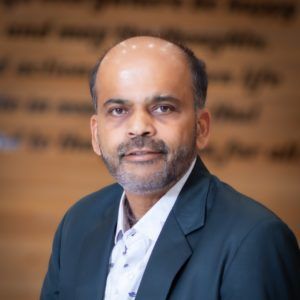
About the Author:
Sonny Patel P.E. EC
IEEE Senior Member
In 1995, Sandip (Sonny) R. Patel earned his Electrical Engineering degree from the University of Illinois, specializing in Electrical Engineering . But degrees don’t build legacies—action does. For three decades, he’s been shaping the future of engineering, not just as a licensed Professional Engineer across multiple states (Florida, California, New York, West Virginia, and Minnesota), but as a doer. A builder. A leader. Not just an engineer. A Licensed Electrical Contractor in Florida with an Unlimited EC license. Not just an executive. The founder and CEO of KEENTEL LLC—where expertise meets execution. Three decades. Multiple states. Endless impact.
Services

Let's Discuss Your Project
Let's book a call to discuss your electrical engineering project that we can help you with.

About the Author:
Sonny Patel P.E. EC
IEEE Senior Member
In 1995, Sandip (Sonny) R. Patel earned his Electrical Engineering degree from the University of Illinois, specializing in Electrical Engineering . But degrees don’t build legacies—action does. For three decades, he’s been shaping the future of engineering, not just as a licensed Professional Engineer across multiple states (Florida, California, New York, West Virginia, and Minnesota), but as a doer. A builder. A leader. Not just an engineer. A Licensed Electrical Contractor in Florida with an Unlimited EC license. Not just an executive. The founder and CEO of KEENTEL LLC—where expertise meets execution. Three decades. Multiple states. Endless impact.
Leave a Comment
We will get back to you as soon as possible.
Please try again later.
Related Posts


